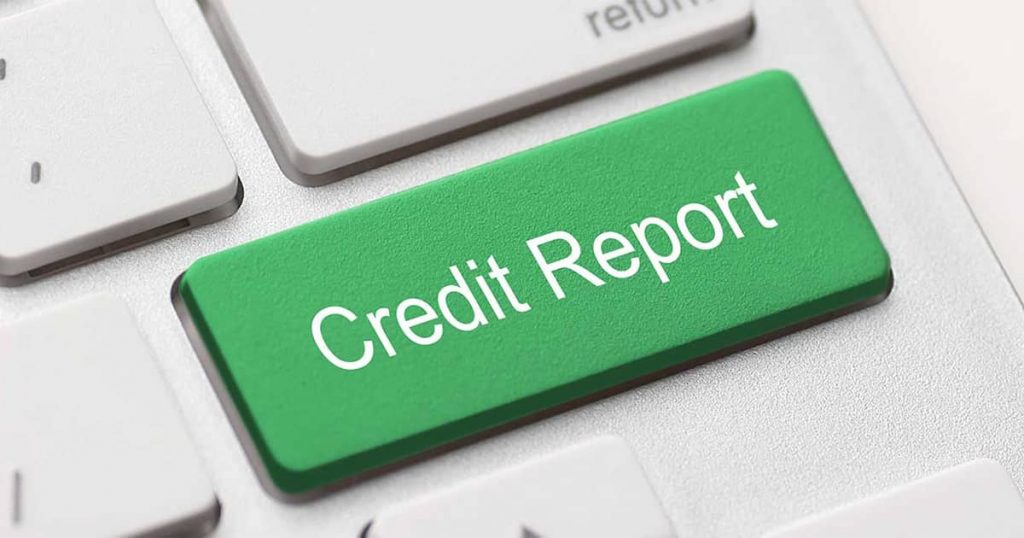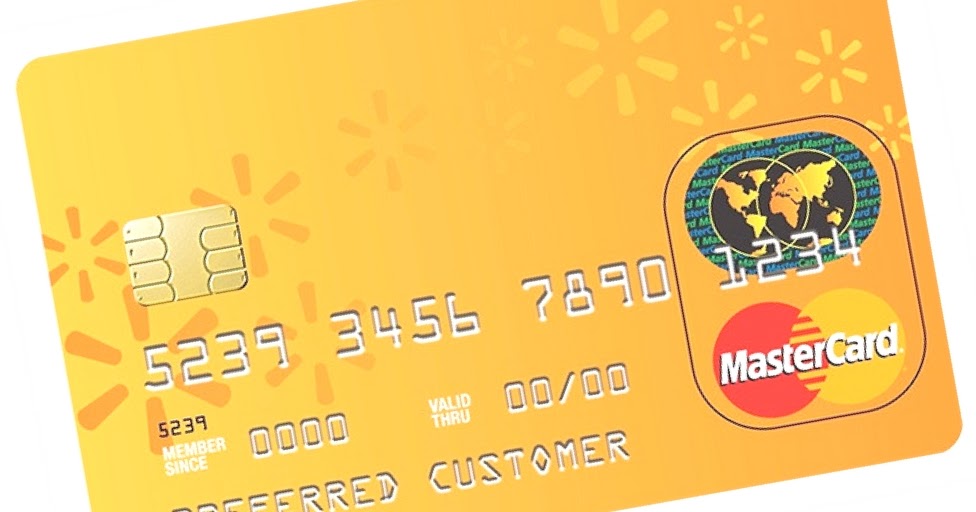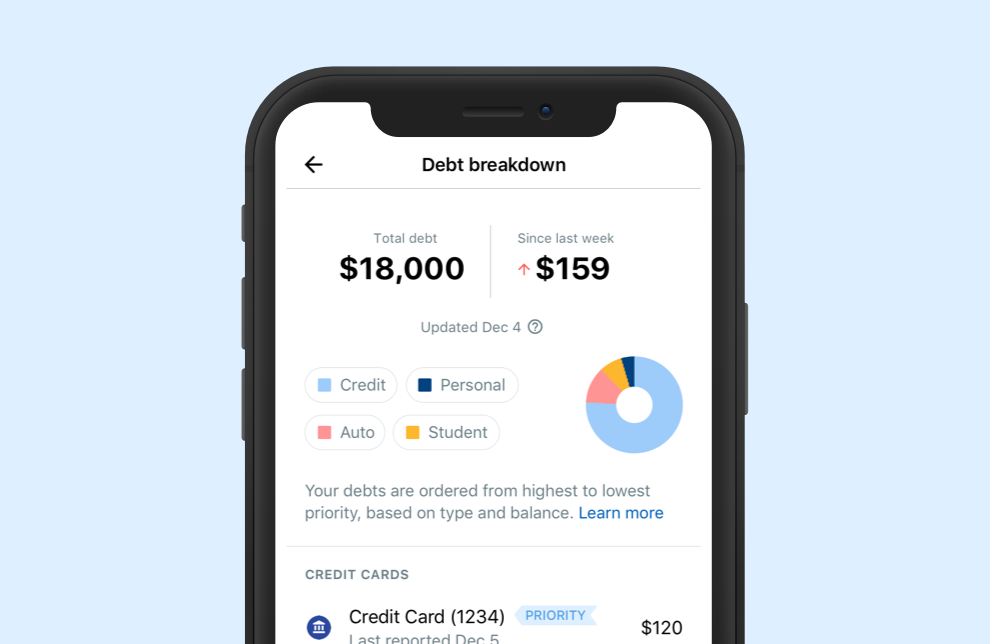

Statements On Credit Card Debt

Settling credit card debt outright is generally the most intelligent monetary technique. Once that’s settled, you focus on the account with the next tiniest balance. Think about a snowball rolling along the ground, as it grows, it can get increasingly more snow. Each conquered balance offers you more cash to help settle the next rapidly.
Plus, the credit card debt snowball technique might have a positive impact on your credit scores (specifically if you choose to get rid of credit card financial obligation first). Better credit can conserve you cash in other areas of your life as well. Let’s take the same accounts we used in the first example. Type of Debt Balance Rates Of Interest (APR) $15,000 at 4.5%, $7,000 at 22.0% , $25,000 at 5.5%, and $5,000 at 10.0%. To utilize the financial obligation snowball technique, always pay the regular monthly minimum required payment for each account.
As soon as the personal loan is paid off, utilize the cash you were putting towards it to offset the next tiniest balance of the credit card financial obligation. When the credit card debt is paid off, take the cash you’ve been paying toward other financial obligations and add it to your payments for the vehicle loan. Managing your credit card.
Managing your credit card debt
Using the snowball approach, you’ll wind up settling your accounts in this order: Personal Loan ($5,000), Charge Card ($7,000), Automobile Loan ($15,000), and Student Loan ($25,000). The debt snowball can be a great fit if you have large financial obligations to settle or require inspiration to pay off a great deal of debt.
Rules for Credit Card Debt

By getting rid of the tiniest, simplest balance first, you can get that account out of your mind. Decreasing the variety of accounts with exceptional balances on your credit reports might help your credit rating too. The snowball method’s big drawback is that you may wind up paying more with time compared to the avalanche technique.
That extra time will cost you more in interest charges. While the financial obligation snowball and avalanche are overarching techniques, here are some specific techniques you can utilize in combination with them. When you have a credit card financial obligation, one alternative is to transfer your charge card balance to a different card.
Resolving credit card debt
This resembles settling one credit card using another card. A lower-rate balance transfer card can fit well with the avalanche method. Given that you can use a balance transfer to tactically decrease the interest rate on your highest-interest financial obligation, it can buy you time to concentrate on the next-highest interest account.
You’ll most likely have to pay a balance transfer fee, so make sure to run the numbers and read the small print in advance. But a couple of charge cards offer 0% APR balance transfers and charge no balance transfer costs. If you have at least good credit, you may have the ability to qualify for an excellent balance transfer offer.

Yet, if you remain in so much credit card debt financial obligation that you can’t manage and the debt avalanche approach seems slow to manage, it might be time to think about an alternative approach.
The 6-Second Trick For Managing Your Credit Card

Since a personal loan is an installment loan, its balance-to-limit ratio does not hurt your credit (like a charge card) might. So, paying off your credit card financial obligation with an installation loan could significantly improve your credit.
Personal loan rates of interest are often lower than credit card rates of interest. If you receive an installment loan at a lower rate, you’ll wind up paying less money in general. That being stated, taking out a loan to settle the charge card financial obligation can also be hazardous. Follow the regards to the loan carefully, or you might just make your circumstance even worse.
Otherwise, you could end up even more in financial obligation. If you utilize this strategy, keep in mind these bottom lines: Do not close the charge card you settle, unless they have annual charges you don’t wish to pay. Keep them open to help your credit utilization (Credit Card Debt). Don’t spend any more cash on your paid-off charge card.
